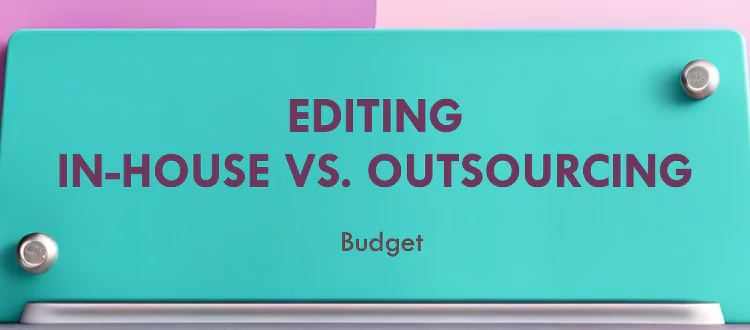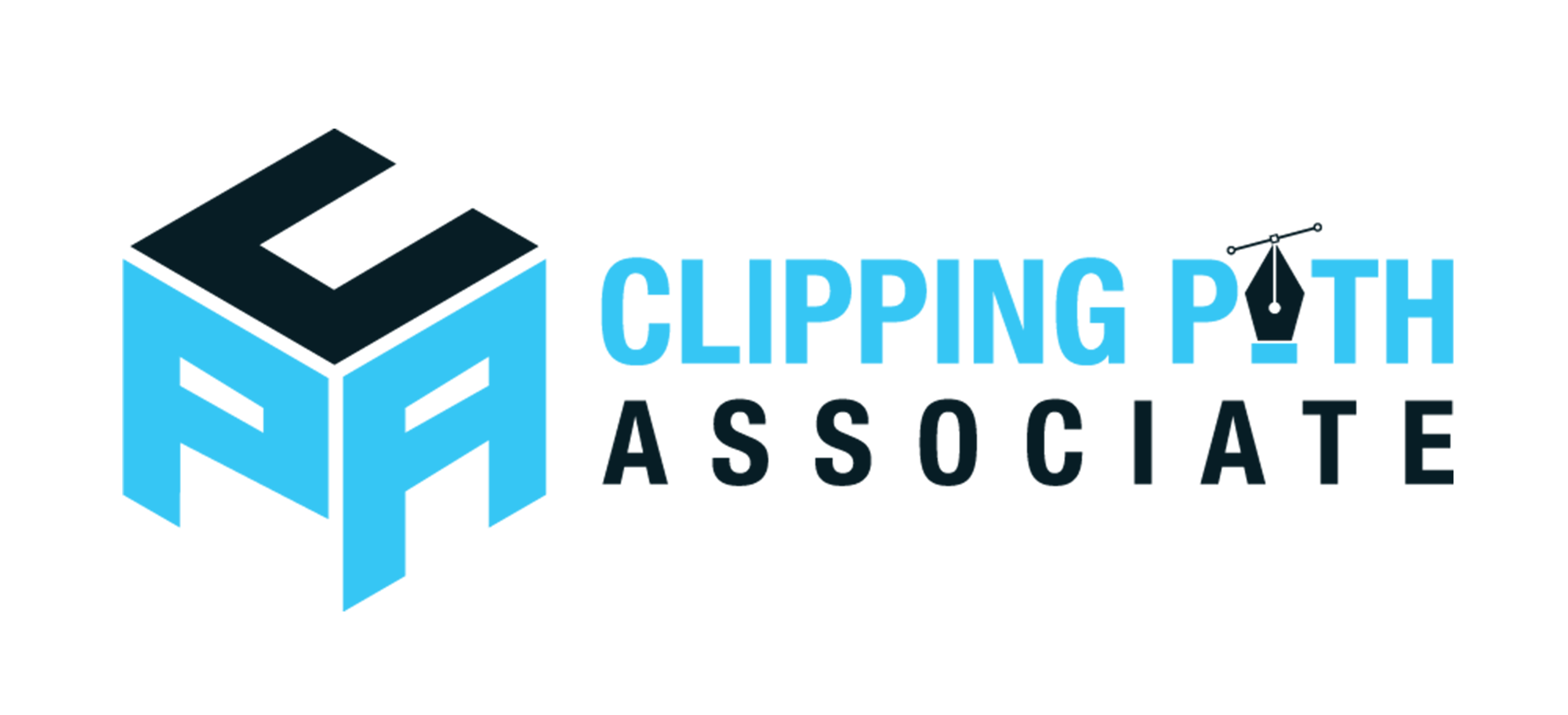Theodore Lowe, Ap #867-859
Sit Rd, Azusa New York
Find us here
In-House vs. Outsourcing: Editing on a Budget

Businesses often face the challenge of editing content on a budget. Choosing between in-house editing and outsourcing is crucial. In-house editing offers greater control and immediate feedback. It allows for direct communication and alignment with brand voice. Outsourcing, on the other hand, can be more affordable.
It offers access to specialized skills and fresh perspectives. Deciding on the best approach depends on your specific needs and resources. Balancing quality, cost, and efficiency is essential. This guide explores the advantages and disadvantages of both options, helping you make an informed decision for your content editing needs.
The analysis from differnet perspective are given bellow.
Cost Analysis
Editing on a budget can be challenging. A detailed cost analysis helps. Let's break down the costs of in-house vs. outsourced editing.
Initial Investment
Initial costs differ for in-house and outsourced editing. For in-house editing, you need to invest in:
-
Salaries: Hiring skilled editors requires a significant budget.
-
Software: Tools like Adobe Premiere Pro or Final Cut Pro.
-
Hardware: High-performance computers and monitors.
Outsourcing, on the other hand, has fewer initial costs:
-
Contract Fees: Pay only for the services you need.
-
Service Agreements: Often include all necessary tools and equipment.
Recurring Costs
Recurring costs also vary between in-house and outsourced editing. In-house editing involves:
-
Monthly Salaries: Consistent payments to editors.
-
Software Subscriptions: Regular updates and licenses.
-
Maintenance: Upkeep of equipment and systems.
Outsourced editing includes different recurring expenses:
-
Service Fees: Pay-per-project or retainer fees.
-
Additional Requests: Extra charges for revisions or added services.
Here's a quick comparison table for clarity:
|
Cost Type |
In-House Editing |
Outsourced Editing |
|---|---|---|
|
Initial Investment |
High (Salaries, Software, Hardware) |
Low (Contract Fees, Service Agreements) |
|
Recurring Costs |
High (Salaries, Subscriptions, Maintenance) |
Variable (Service Fees, Additional Requests)
|
Quality Considerations
Editing is crucial for content creation. Ensuring high-quality editing can be a challenge. There are two main options: in-house editing and outsourcing. Each has unique quality considerations.
Skill Levels
Skill levels vary between in-house editors and outsourced professionals.
-
In-House Editors: They know your brand and style. They might lack advanced editing skills.
-
Outsourced Professionals: They bring specialized skills. They may not fully grasp your brand.
Both options have pros and cons. In-house editors can be trained. Outsourced professionals might offer higher initial quality.
Consistency
Consistency is key for brand voice and style.
-
In-House Editors: They maintain consistency over time. They work closely with your team.
-
Outsourced Professionals: They might vary in style. Hiring the same editor repeatedly helps.
Consistent quality can enhance your brand's credibility. Decide based on your team's needs.
|
Aspect |
In-House |
Outsourcing |
|---|---|---|
|
Skill Levels |
Know brand, may lack advanced skills |
Specialized skills, less brand understanding |
|
Consistency |
High, close team work |
Varied, repeated hiring helps |
Time Management
Time Management plays a crucial role in editing projects. Whether you choose in-house editing or outsourcing, managing your time efficiently can make or break your project. This section will discuss how both options affect Turnaround Time and Project Deadlines.
Turnaround Time
In-house editing often provides a faster turnaround time. Your team is readily available, and you have direct control over their schedule. You can also communicate changes instantly. This reduces delays. However, if your team lacks experience, the process might slow down.
Outsourcing, on the other hand, depends on the availability of the external team. Professional editing services can offer quick turnarounds. But coordinating across different time zones can create delays. Here’s a simple table to compare:
|
In-House Editing |
Outsourcing |
|---|---|
|
Faster communication |
Professional efficiency |
|
Immediate changes |
Time zone delays |
|
Team availability |
Expertise-driven speed |
Project Deadlines
Meeting project deadlines is easier with in-house teams. You can monitor progress daily and adjust tasks as needed. This direct oversight helps in meeting tight deadlines. But if your team is small, workload can become overwhelming.
With outsourcing, meeting deadlines depends on the reliability of the external team. Reputable firms usually have a proven track record. They commit to deadlines, but unexpected issues can still occur. Here are some points to consider:
-
In-house: Daily monitoring
-
In-house: Flexibility in task adjustment
-
Outsourcing: Proven track records
-
Outsourcing: Possible unexpected delays
Choosing between in-house and outsourcing depends on your specific needs. Both options have their pros and cons related to time management.
Flexibility And Scalability
Flexibility and Scalability are crucial in editing projects. Deciding between in-house and outsourcing impacts these aspects significantly. Each option offers unique benefits for adapting and handling project volumes.
Adapting To Changes
An in-house team allows immediate adjustments. They are familiar with your brand and style. This makes them quick to adapt to sudden changes in project requirements. Their deep understanding ensures consistency in your content.
Outsourcing provides access to diverse skills. Agencies or freelancers can quickly adjust to new demands. They bring fresh perspectives, enhancing creativity and innovation. This flexibility is ideal for dynamic projects with varying needs.
Handling Large Projects
In-house teams can struggle with large projects. Limited resources and staff can slow down progress. Scaling up may require hiring, which is time-consuming and costly. Yet, their deep brand knowledge ensures quality output.
Outsourcing excels with large projects. Agencies have extensive resources and specialized teams. They can scale up quickly, managing high volumes efficiently. This is cost-effective and reduces the burden on your internal team.
Below is a comparison table highlighting the key differences:
|
Aspect |
In-House |
Outsourcing |
|---|---|---|
|
Adapting to Changes |
Quick and consistent |
Diverse and innovative |
|
Handling Large Projects |
Resource limitations |
Efficient scalability |
Final Decision
The final decision between in-house editing and outsourcing can be tough. Both options offer unique benefits and drawbacks. This section will help you make a well-informed choice.
Making The Right Choice
Consider your budget, team size, and project needs. These factors will influence your decision.
-
Budget: Limited funds may favor outsourcing.
-
Team Size: A small team might benefit from in-house editing.
-
Project Needs: Complex projects might require expert outsourcing.
Assess your specific needs and constraints. This will help you make the best choice. Remember, there's no one-size-fits-all answer. Each project is unique and requires a tailored approach.
Conclusion
Choosing between in-house editing and outsourcing depends on your budget and needs. In-house offers control, while outsourcing can be cost-effective. Evaluate your resources and goals to make the best decision. Both options have their benefits and drawbacks. Prioritize what aligns with your business strategy and content quality requirements.
Related blog posts
The Pros And Cons of Using 3D Mockups Vs. Ghost Mannequin
When you're in the business of selling products online, the way your items are presented can make or break a sale. You've got two powerful tools at your disposal: 3D mockups and ghost mannequin photography.


